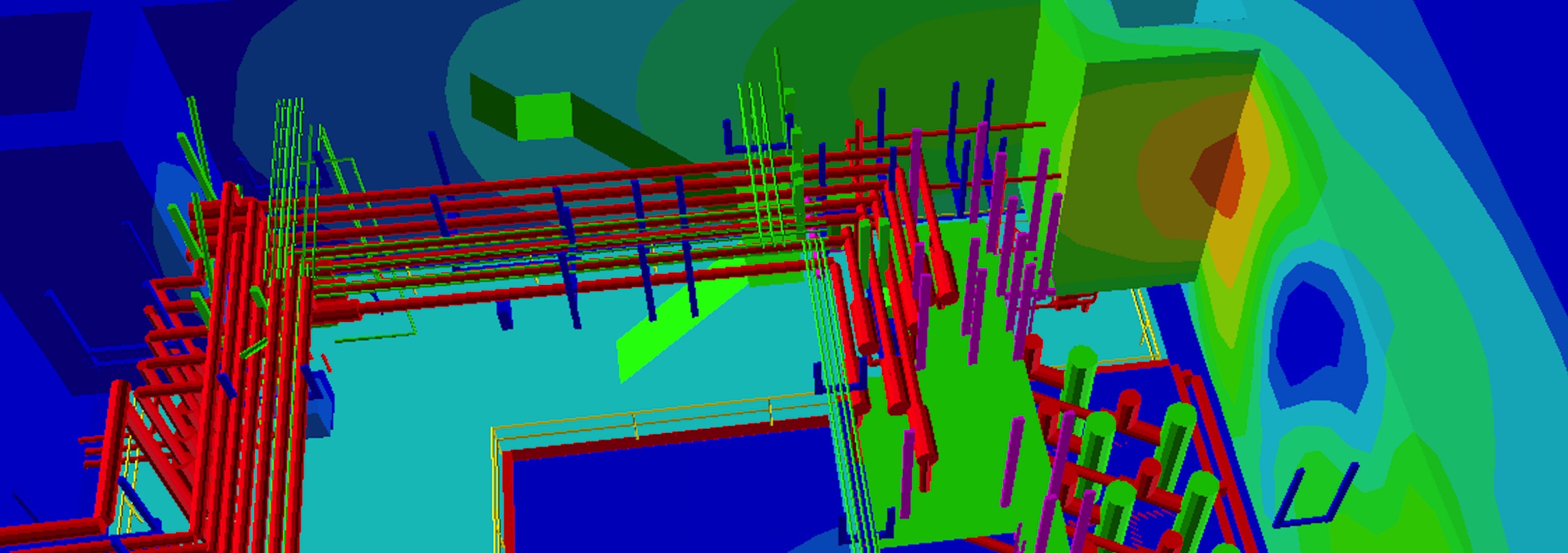For existing AMOG clients undertaking extensive safety assessment programmes with AMOG, the 5-day System Safety Engineering Application Course, presented by AMOG, delivers training on the technical aspects of System Safety.
The course focuses on the practical application of techniques required to perform Hazard Identification, Quantitative Risk Assessment (QRA), Parameter estimation and Risk Calculation in order to address Safety Arguments and Safety Integrity Level (SIL) requirements. Participants will have an opportunity to consolidate their understanding of presented material with comprehensive hands on case study workshops on industry accepted techniques such as Physical Hazards Identification, HAZID, HAZOP, Fault Trees, Event Trees Functional Hazard Analysis and FMEA.
Learning Objectives
- Applying Hazard Identification techniques to the appropriate stages of the project lifecycle
- Conducting effective hazard analysis on complex systems
- Using industry standard hazard identification and analysis techniques
- Skills in risk management, reliability and safety, and use of industry relevant risk acceptance criteria
- Comparison of the standards and requirements
- Creating, updating, managing and closing out the hazard log
- HAZID and HAZOP study techniques, roles, process and outcomes
- Physical and Functional Hazards Analysis
- Fault Tree and Event Tree Analysis methodologies
- Parameter estimation, mathematical modelling and interpreting fault tree outcomes
- Setting and applying Safety Integrity Level (SIL) assignment and application
- Understand additional industry techniques including common cause analysis (e.g. zonal hazard analysis) and energy trace and barrier trace analysis
Target Audience
Participants come from a range of engineering specialisations including Aerospace, Civil Maritime, Construction, Consultants, Defence, Offshore Oil and Gas, Manufacturing, Mining, Power, and Rail.
For those who are involved in the application and the design, maintenance, operation and/or management of systems or equipment with potential safety implications including:
- Safety Engineer
- System Engineer
- Line Manager
- Engineering Manager
- Design Lead
- Configuration Item Managers (for safety related equipment)
Course Summary
Day 1: Introduction to Preliminary Hazard
- System Safety - an overview
- Hazards Analysis
- Risk Calculation
- Parameter Estimation
- Probabilistic Risk Assessment
- Calculation Workshop
Day 2: Hazard Identification and Analysis Techniques
- Energy and Toxicity Methos and Workshop
- Fault Tree and Event Tree Analysis Method and Workshop
Day 3: System Safety Analysis Techniques
- Function Hazard Analysis Method and Workshop
- Failure Mode Effects Analysis Method and Workshop
- Hazard Tracking
Day 4: Hazard and Operability Studies
- HAZID Method and Workshop
- HAZOP Method and Workshop
Day 5: Safety Integrity Levels (SILs) and Additional Techniques
- Also includes a full course review

